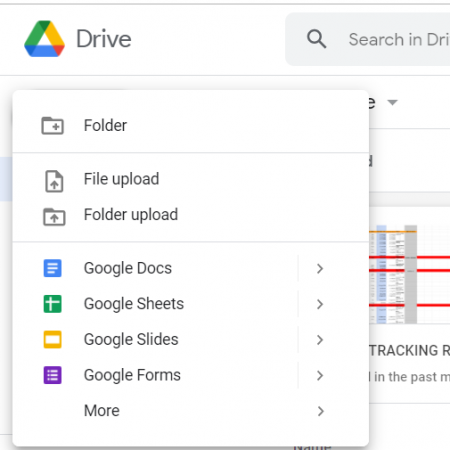5 Easy Steps to Convert Excel to Google Sheets

Converting an Excel spreadsheet to Google Sheets can be immensely beneficial, particularly for enhancing collaboration, accessing your data from anywhere, and leveraging Google's powerful suite of tools for data analysis and visualization. This guide will walk you through the process in five straightforward steps, ensuring you can transition your documents smoothly and make the most of Google's cloud-based offerings.
Step 1: Prepare Your Excel File

Before you start the conversion process:
- Check for compatibility: Ensure your Excel file contains no complex macros or Excel-specific features that might not transfer well to Google Sheets.
- Save as .xlsx: Open your Excel file and save it in the latest Excel format (.xlsx) if it isn’t already. This will ensure compatibility.
- Remove unnecessary data: Review your workbook for any extraneous data or sheets you don’t need in Google Sheets.
📌 Note: Although Google Sheets supports many Excel features, some complex functionalities like advanced Excel functions or external data connections might not work as expected.
Step 2: Upload to Google Drive

Here’s how to upload your Excel file:
- Open Google Drive (drive.google.com) in your web browser.
- Click on the “New” button on the left side of the page.
- Select “File upload” and choose your Excel file from your computer.
Your file will now appear in your Google Drive.
Step 3: Convert to Google Sheets

To transform the uploaded Excel file into a Google Sheets document:
- Right-click on the uploaded file in Google Drive.
- Choose “Open with” > “Google Sheets.”
- The file will open in a new tab and automatically be converted to a Google Sheets document.
✅ Note: If you want to ensure automatic conversion, you can enable this option from Drive settings.
Step 4: Review and Adjust

After conversion, it’s crucial to:
- Check Formulas and Functions: Ensure all formulas are functioning correctly, as some Excel functions might differ in Google Sheets.
- Formatting and Styling: Review any conditional formatting or custom styles to see if they’ve transferred accurately.
- Test Data Validation: Verify if drop-down lists or other validation rules work as intended.
This step is important to ensure your data integrity and functionality are maintained.
Step 5: Share and Collaborate

Now that your Google Sheets document is ready:
- Click the “Share” button at the top-right corner to invite others or set permissions for viewing, commenting, or editing.
- Use the “File” > “Share” menu to control advanced sharing settings.
- Explore collaboration tools like comments, mentions, and real-time editing to work together effectively.
💡 Note: Regularly sync or backup your Google Sheets if you need to keep a local copy for offline work.
By following these five easy steps, you've seamlessly transitioned your Excel files to Google Sheets, unlocking a world of collaboration, cloud storage, and real-time access to your spreadsheets. Now, you can leverage Google's ecosystem for enhanced productivity, making use of tools like Google Docs, Forms, and the powerful capabilities of Google Sheets for data analysis and visualization.
Can I continue using my Excel file after converting it to Google Sheets?

+
Yes, converting your Excel file to Google Sheets doesn’t affect your original document. You can still use, edit, and update your Excel file as needed. Google Drive provides you with options to download or open a copy in Microsoft Excel, ensuring compatibility and dual usage.
What features might not transfer well from Excel to Google Sheets?

+
Features like advanced macros, VBA (Visual Basic for Applications), or Excel-specific functions might not be directly supported in Google Sheets. It’s wise to check Google’s documentation for compatibility before converting.
How do I handle formulas that don’t work in Google Sheets?

+
If you encounter formulas that don’t work, replace them with their Google Sheets equivalents or update them manually. The Google Sheets Function Help provides detailed information on supported functions and alternatives.